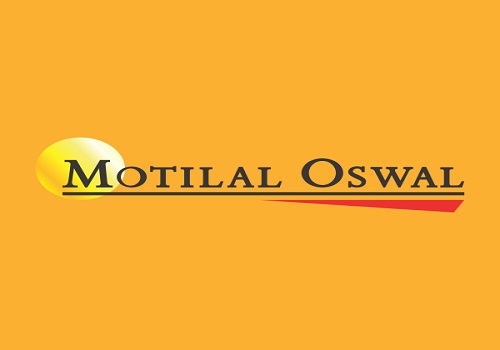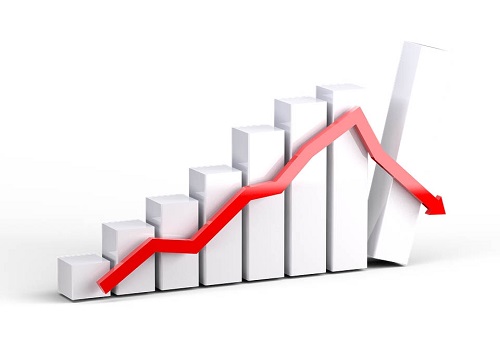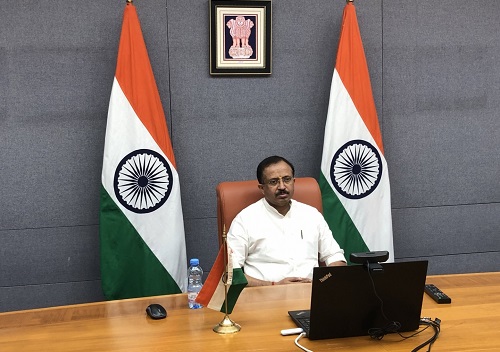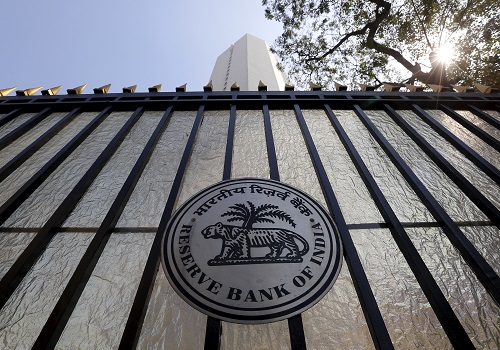Without strong revival across the economy, GDP growth may remain muted By Motilal Oswal

Follow us Now on Telegram ! Get daily 10 - 12 important updates on Business, Finance and Investment. Join our Telegram Channel
Part III: K-shaped recovery in India’s household sector
Without strong revival across the economy, GDP growth may remain muted
In this final and Part-III of the series, we discuss the impact of COVID-19 on India’s household sector. Unlike the first two parts, wherein we discussed listed v/s unlisted corporate sector and central v/s state governments, the household sector has several segments. Based on limited data, we share four evidence-based insights: 1) salaried workers have fared better than the self-employed/casual workers, 2) within the household sector, personal loans have grown much faster than the loans to the unincorporated enterprises during the pandemic, 3) rural has performed better than the urban sector during the past two years, and 4) household investments have recovered quicker than private consumption.
It is very clear that casual workers have witnessed more deterioration in their wages/income, while regular wage/ salaried workers have fared better in the post-pandemic period. Although listed companies’ real employee cost and state governments’ ‘salary & wage’ bills in CY21 were 6-7% higher than in CY18, real wages under MGNREGA were broadly unchanged and real agricultural and non-agricultural rural wages were 2-4% down during the period. Further, banks are the predominant source of borrowings for the household sector, accounting for ~70% of household leverage in the country. A break-up of the banks’ loan book to the household sector indicates that while ‘personal loans’ have increased rapidly, growth in agricultural loans since CY20 has been similar to the pre-COVID trends. On the other hand, loans to the unincorporated enterprises have increased at a much slower pace.
As we have highlighted in our recently released note, there is no doubt that the rural sector has weakened in CY21/FY22. However, a large part of this weakness was because of the base effect, as there was much higher growth in CY20/FY21. Adjusting for the base effect, it is clear that while rural consumption was 2.5% higher than pre-COVID trends, the urban consumption (despite very strong CY21) was 2.4% lower as of end-CY21.
Lastly, on a very broad basis, it is also important to note that household investment in residential real estate has recovered quicker than personal consumption in the country. The former would be largely limited to the well-off sections, while the latter is more ubiquitous in nature.
Overall, our three-part series explains the divergent recoveries within each economic agent in India. From the macroeconomic perspective, the unlisted corporate sector, state governments, the unincorporated enterprises and the not-so well-off individuals are as important, if not more, vis-à-vis the listed companies, the Union government and the relatively resilient and better-placed individuals. It is almost impossible to make a case for strong economic growth, unless the former set of participants witnesses a strong financial recovery.
In this final and Part-III of the series, we share important details about the Indian household sector, confirming the divergent recovery within this economic participant as well. Unlike the first two parts, wherein we discussed listed v/s unlisted corporate sector and central v/s state governments, the household sector has several segments. Moreover, there is very limited regular official data available on India’s household sector because of its fragmented nature and pervasiveness.
Based on limited data, we discuss four key evidence-based insights: 1) salaried workers have fared better than the self-employed/casual workers, 2) within the household sector, personal loans have grown much faster than the loans to the unincorporated enterprises during the pandemic, 3) rural has outperformed the urban sector during the past two years, and 4) household investments (in residential real estate) have recovered quicker than personal consumption. Let us discuss them in turn and conclude our three-part series with macroeconomic implications.
To Read Complete Report & Disclaimer Click Here
For More Motilal Oswal Securities Ltd Disclaimer http://www.motilaloswal.com/MOSLdisclaimer/disclaimer.html SEBI Registration number is INH000000412
Above views are of the author and not of the website kindly read disclaimer










Tag News

Monthly Debt Market Update, September 2023: CareEdge Ratings





 320-x-100_uti_gold.jpg" alt="Advertisement">
320-x-100_uti_gold.jpg" alt="Advertisement">







 at S K Patodia & Associates.jpg)
